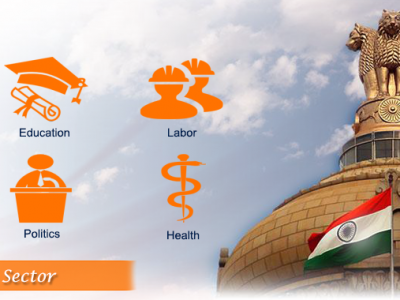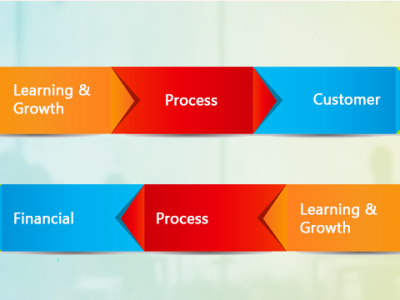
CRM Public Sector Implementation
Implementing a successful CRM program in the CRM Public Sector relies far more heavily on the incentivizing structure used than CRM in the private sector does. My informal research has determined the fairly obvious: What level of government you’re dealing with goes a long way to determine your incentive: The bigger the government agency or entity, the lower the incentive for anybody in it to embrace change.
Sign up to get FREE CRM Trial
Still, the usual incentives that undergird a successful CRM implementation in private enterprise are either absent or weak in the CRM Public Sector. And if there’s no incentive for a CRM program you might as well feed the money you spend on CRM to otters. At least you get some return there — it’s fun watching otters.
Profit? Not a concern of government. Fear of one’s career being damaged by a failed CRM project? Nope. Hope of reward for improved job performance? Raises are scheduled. CEO personally driving the project? President Obama has other things to worry about.
When discussing the issues and obstacles of government CRM, even with all the clearly-defined success metrics for ROI in the private sector, “most projects fail to deliver against their promises,” and CRM in the CRM Public Sector doesn’t even have those. As Hill pointed out, if a CRM project is in the budget it’s because somebody decided to add it to the legislation, not because the employees or management were demanding one or even see the need for it.
In fact, for this article we couldn’t find any notable success stories of federal CRM projects — but they abound at the municipal level, usually in the form of “311” call centers, due to their greater incentives and local proximity.
Municipal government is far more close to its “customers” than federal bureaucracies. City government employees have to be more responsive, since they have incentive — a much higher chance of losing their jobs to the next administration.
So citizens used to the relative efficiency and responsiveness of the 311 system are now dissatisfied with the pared-down version. In popular parlance, the city got their hopes up. Even though municipal government responsiveness is light years ahead of its pre-311 days, constituent dissatisfaction could be higher simply because they’ve come to expect better.
To find out more about CRM Public Sector, click here![]() to conduct a free call.
to conduct a free call.



